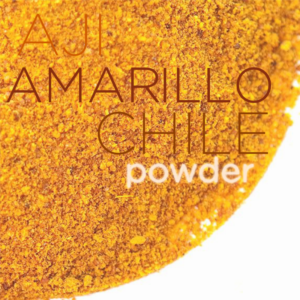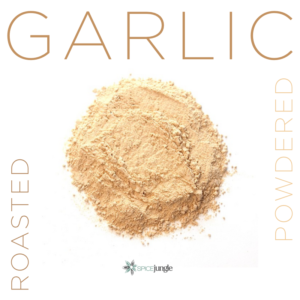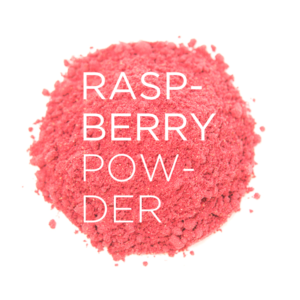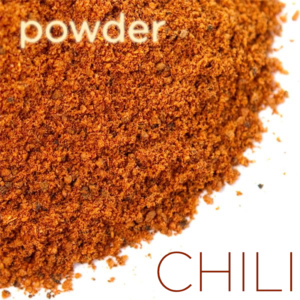Product Description
PURPOSE
WHAT IS IT?
Red wine vinegar is the “sexy” vinegar: It’s mighty fine if it’s made with red wine. The powdered, dry, version uses IP maltodextrin, an unsweet, neutral-flavored starch chain, as a “flavor truck,” that captures rich red flavors of the vinegar.
What is vinegar? It’s the result of bacteria that convert ethanol, drinkable alcohol, like wine, or a beer, into acetic acid. That’s the $5 name for vinegar. More on how it got its name later.
The powder is hugely useful in coating foods, producing dry mixes where the liquid would not work as well, and in more carefully controlling the amount of acetic acid added to liquid foods, and beverages. It also occupies a lot less space, and weight, than its liquid parent.
EXPERIENCE
Vinegar can carry many flavors, but a red wine vinegar is really more closely related to wine. It’s not purified. In fact, quite the opposite, there is a lot of whatever wine was used to make it left in the final product. That also means that all red wine vinegars are not created equal. Some will specify what type of wine is being used, but this powder comes from a generic, unspecified, yet very tasty red wine blend.
In its dry form, it works well as a rub, or to add tartness to a wine gravy without having to cook down the liquid added by traditional red wine vinegar.
CULINARY GEOGRAPHY
Acetic acid bacteria is found commonly over most parts of the world. Vinegars date back millennia, extensively used by ancient civilizations including Babylonia, Mesopotamia, China, Egypt, and early European civilizations.
Red wine vinegar is a grape-based vinegar, which is unique to Europe for its point of origin, probably pre-Roman era France.
TRADITIONAL USES
- Popular in pork chop rubs;
- A seasoning for roasted potatoes;
- Adds tang to gravies without adding liquid;
- Nice add to a dry cole slaw.
A FEW IMPROVISATIONAL RIFFS:
- A tangy twist: Sprinkle a tiny bit on top as a finish for flan;
- In the dry rub of my Ribs N’ Chips for a bit of sour-nutty that defines these British-themed bones;
- Lightly coat a tomato, before topping my Britburger™, a cheeseburger with a top layer of cheddar and a bottom layer of melted stilton, a criss-cross of bacon, and a smattering of english beans. No pickles required with a tomato tart tang!
- My Bogus Baked Beans – Toss a touch of tomato paste, malt vinegar, brown sugar, and bacon bits into a can of white beans in the pan to maintain the thick, but make beans quick!
THE BACKSTORY
The word “vinegar” originated from the Old French words vin alegar, which translates as “sour wine,” but it goes back much further than that, probably to the origins of man. The Babylonians were the first to write about it extensively.
Red wine vinegar can be a bit pricier, because it generally has to be, well, wine, first. Wine that isn’t wonderful as wine is often shipped off to become vinegar. The bacteria that produce acetic acid in this traditional process can’t be rushed, either, adding time and cost. The powdering technique is the same, but, because of its deep red color, mixed with the maltodextrin, it’s a prettier pink!
Get top quality from our friends at SpiceJungle.







Reviews
There are no reviews yet.